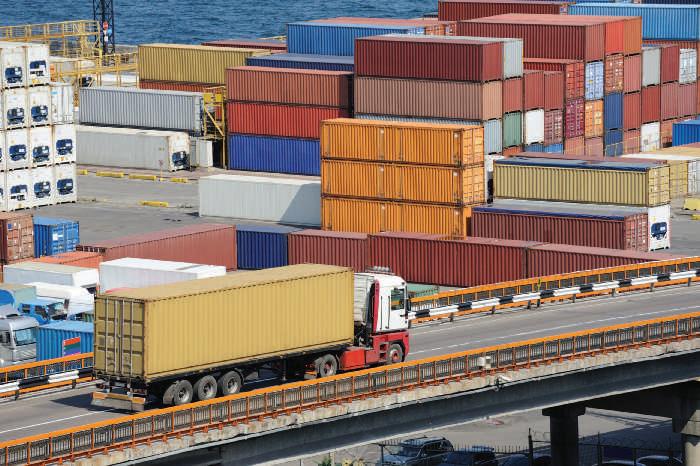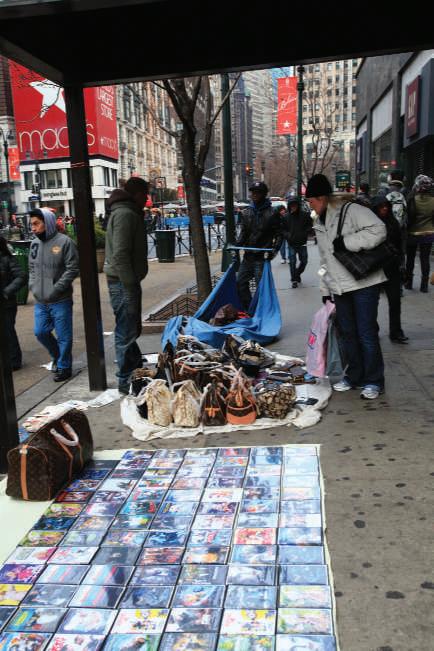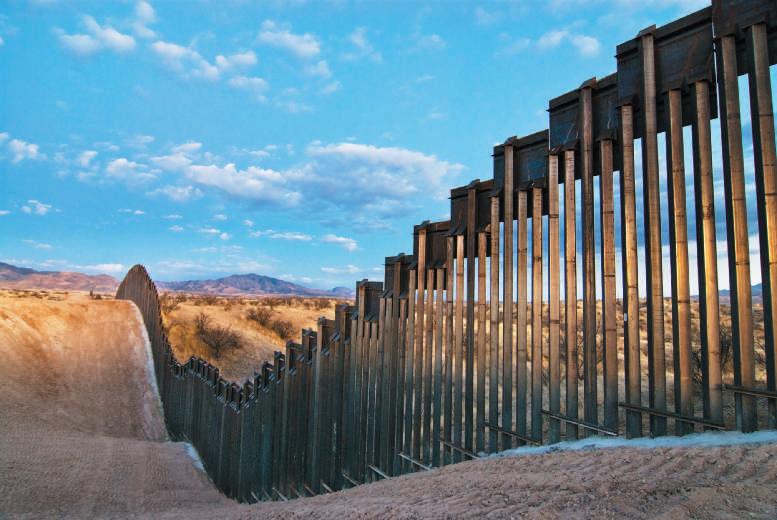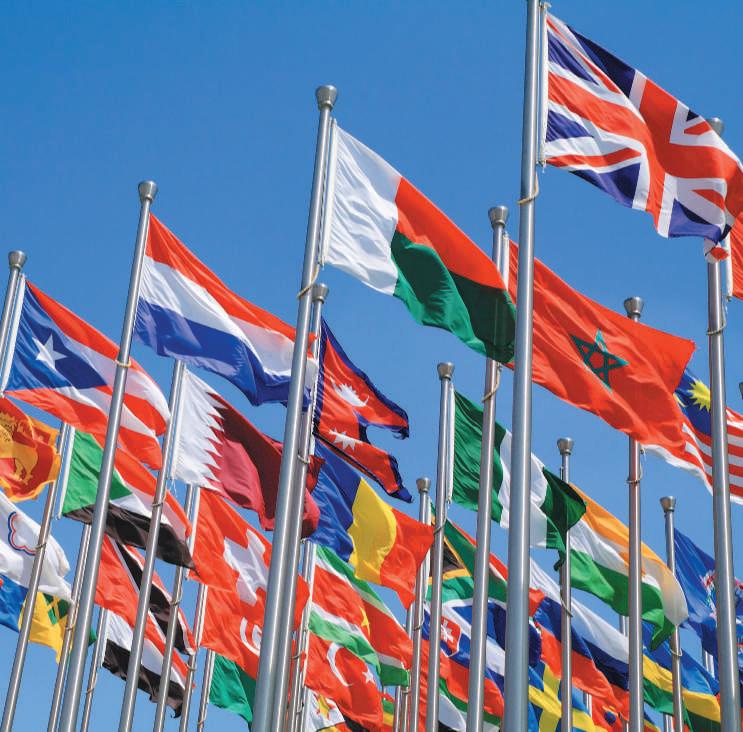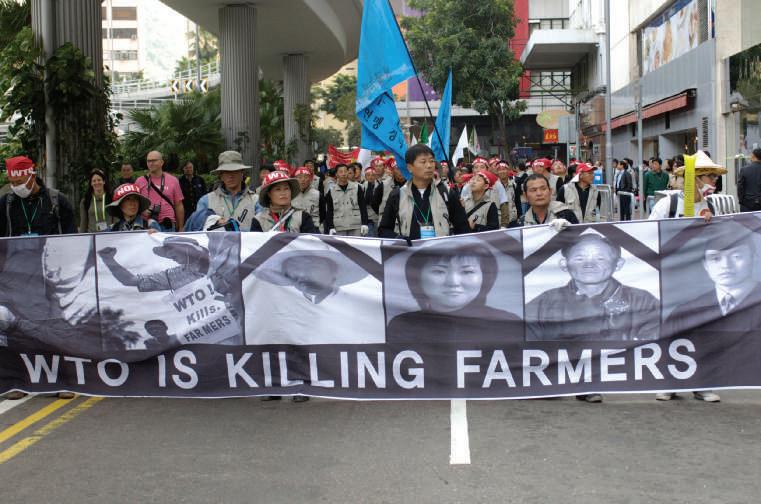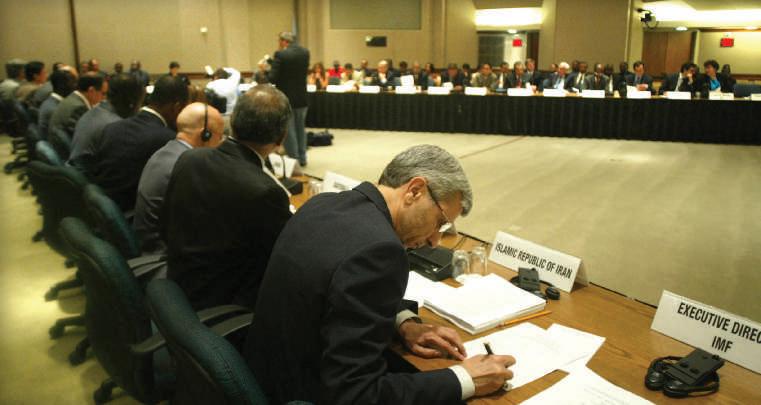T h e B a l a n ce of I n t e r n a t io n a l P a y m e n t s
93
4-1a-(iii) Income Balance The third subaccount in the current account of BOP is income balance, which is the net of investment income from abroad (1 sign reflects earnings from overseas investment) and investment income paid to foreigners (2 sign indicates payments are sent overseas). 4-1a-(iv) Balance of Transfers Finally, the balance of transfers is the net of transfer payments between countries based on outflows (2 sign means that a payment is going abroad as foreign aid, retirement benefits, etc.) and inflows (1 sign reflects repayment of foreign aid loans, etc.). 4-1a-(v) Current Account Balance The sum of these four subaccounts equals the current account balance, which is more important than the trade balance discussed earlier in the chapter. Whether the current account balance is positive (surplus) or negative (deficit) is important because it provides a measure of the financing needs of a particular country. A country with a current account surplus is called a capital surplus country. For example, China, France, Japan, Singapore, and Switzerland have consistently had current account surpluses over recent years. These countries maintain surplus funds, which they invest abroad. The United States, in contrast, has had large current account deficits each year, which implies that it will need to attract capital from abroad in order to finance current account deficits. If foreign capital will not be available to finance the U.S. current account deficit, it can be predicted that the dollar will become weaker and U.S. interest rates will increase in order to attract foreign capital. Countries with current account surpluses generally finance countries with current account deficits.
4-1b The Financial Account The financial account describes the second half of a country’s balance of payments, which shows how the country’s current account balance is financed. Exhibit 4.4 shows that foreignowned assets in the United States average around $1 trillion per year from 2000 to 2013. Hence, foreign capital finances the large U.S. current account deficit. Keeping current account deficits for long periods of time is unsustainable for most countries. Foreign countries (investors) will be less willing to continue investing in current account deficit countries for extended periods of time because of the perceived risk of nonpayment of debt. In this case investors will require a risk premium that increases interest rates of the borrowing country.3 The financial account of the BOP consists of three subaccounts: (1) U.S.-owned assets abroad; (2) foreign-owned assets in the United States; and (3) net financial derivatives. Each of these accounts reports the inflow (1 sign) or outflow (– sign) of funds to and from the country being analyzed. The former two accounts—U.S.-owned assets abroad and foreignowned assets—are greatly affected by foreign direct investment (FDI) and security investments across national borders. 4-1b-(i) Foreign Direct Investment FDI encompasses the purchases of fixed assets (such as factories and equipment) abroad used in the manufacture and sales of goods and services for local consumption or exports. Acquisitions of a foreign company (including Exhibit 4.4
income balance
the net of investment income from abroad and investment payments to foreigners
balance of transfers
the net of transfer payments going overseas and inflows from abroad
financial account
consists of domestic-countryowned assets abroad, foreignowned assets in the domestic country, and net financial derivatives
risk premium
the added return required by investors for risk associated with a security or asset
foreign direct investment (FDI)
encompasses purchases of fixed assets (such as factories and equipment) abroad used in the manufacture and sales of goods and services
U . S . F i n a n ci a l Acc o u n t ( I n B i l l i o n s o f D o l l a rs )
(Credits 1 ; debits 2)
2000
2002
U.S.-owned assets abroad
2560
2294 21,000 21,285
Foreign-owned assets in the United States
1,038
795
1,533
2,065
534
n.a.
n.a.
n.a.
29
229
Financial derivatives, net
2004
2006
2008
2010
2012
2013
2108 21,024
2171
2645
1,245
602
1,017
15
7
2
Copyright 2017 Cengage Learning. All Rights Reserved. May not be copied, scanned, or duplicated, in whole or in part. Due to electronic rights, some third party content may be suppressed from the eBook and/or eChapter(s). Editorial review has deemed that any suppressed content does not materially affect the overall learning experience. Cengage Learning reserves the right to remove additional content at any time if subsequent rights restrictions require it.









